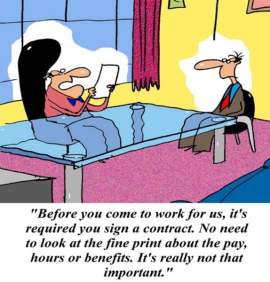
CPM Schedule

CPM Scheduling and Applicability in Legal Fields
What is a CPM Schedule?
A CPM schedule stands for “critical path method” and is an algorithm for the scheduling several different project requirements at a time in order to reach an intended goal. A CPM scheduling model has three basic requirements:
1. A list of all activities that are required to complete the project (usually formed in a work breakdown structure)
2. The time required to complete each activity
3. The dependencies between all activities
A Simple CPM Schedule Diagram
By using the values listed above, CPM scheduling calculates the longest and shortest path to the end of a project as well as the maximum amount of time an activity can take to complete without affecting a deadline.
How does CPM scheduling apply to the legal field?
CPM scheduling relates to the legal field because there are strict deadlines within litigation and other types of settlements. For example, if the prosecution is working on a high profile case and has 7 months to prepare for the trial, they need to break up their activities among the team and make sure all duties are performed and completed on time.
Some of the activities may include gathering evidence, gathering expert testimony and witnesses, forming planned responses, forming a jury, calculating a planned settlement, and more. Each of these steps requires a certain amount of time, and some steps may require more time than others. By using a strict CPM schedule, the prosecution team can make sure they have all necessary tasks completed by the deadline.
What happens if there are changes to the CPM schedule?
Any small change within CPM scheduling will have a ripple effect throughout the entire project. If there are delays within certain tasks, the CPM schedule will have to be adjusted to stay within the same deadline. This is a common practice within the legal field because there may be delays in gathering evidence or locating and speaking with witnesses. The right management techniques can promote diligence within projects, but a legal team will often expect delays.
What is a Work Breakdown Structure and how does it relate to CPM Scheduling?
A work breakdown schedule (WBS) incorporates all the work required for the project to reach completion. There are some general rules associated with WBS in a CPM schedule, and these rules are listed below:
· no single activity or group of activities to create a single outcome should last more than 80 hours
· no series of activities should last longer than a reporting period, i.e. if the reporting period is 3 weeks, no activity should last longer than
3 weeks
Within CPM scheduling, an activity or task should also contain the following attributes:
· the results can be estimated and measured
· there is no sense to breakdown the task anymore
· the task can be completed while following the two rules listed above
· the work can be split up and outsourced
What are the most common mistakes in CPM Scheduling?
There a several common mistakes that can occur in a CPM schedule—especially in the legal field. These common mistakes in CPM scheduling are listed below:
Lack of commitment from the project team
This type of mistake within a CPM schedule for a legal project is often the most common. For example, let’s say there are several lead attorneys and they have hired any number of private attorneys to perform research for the case.



















